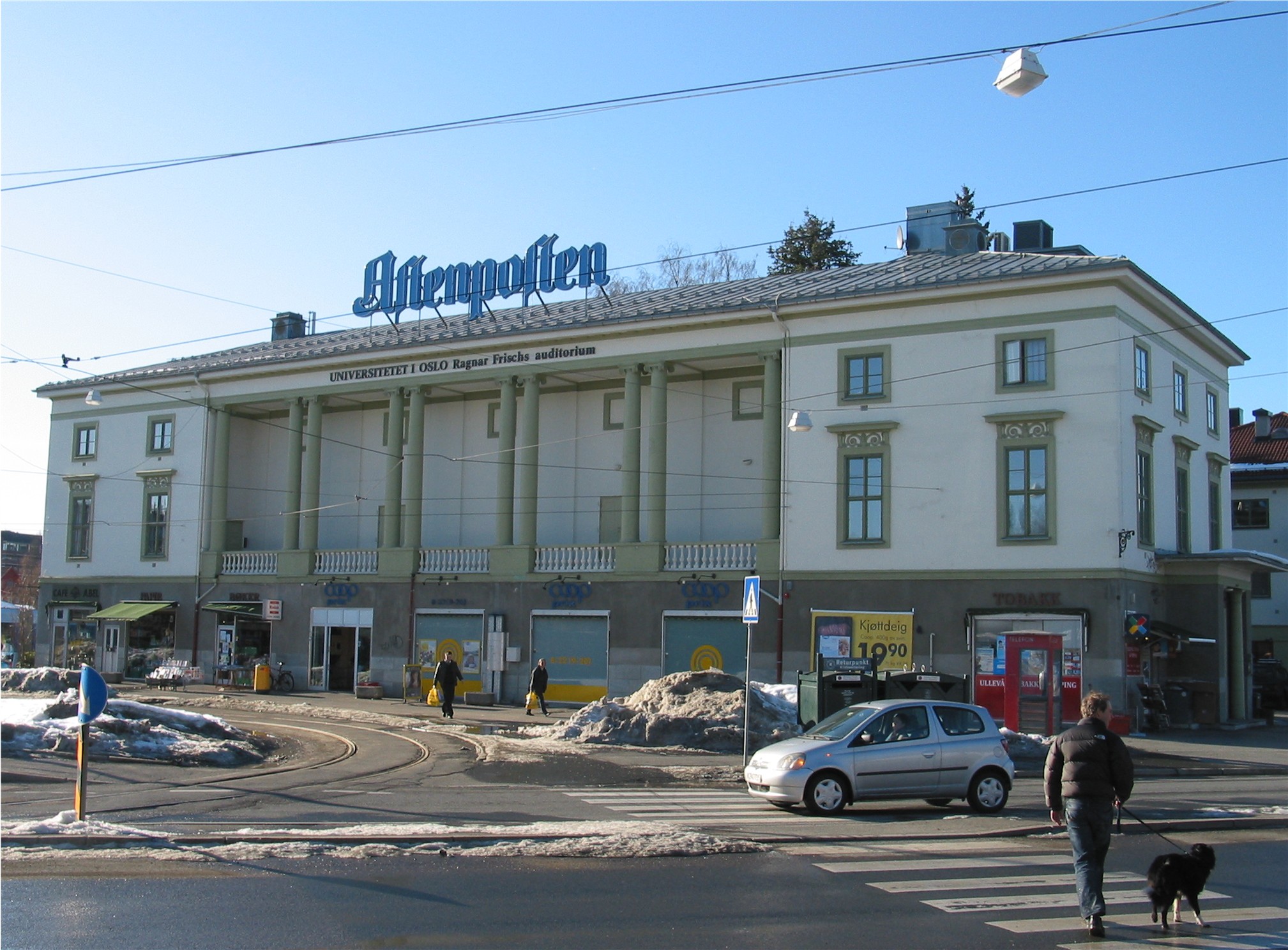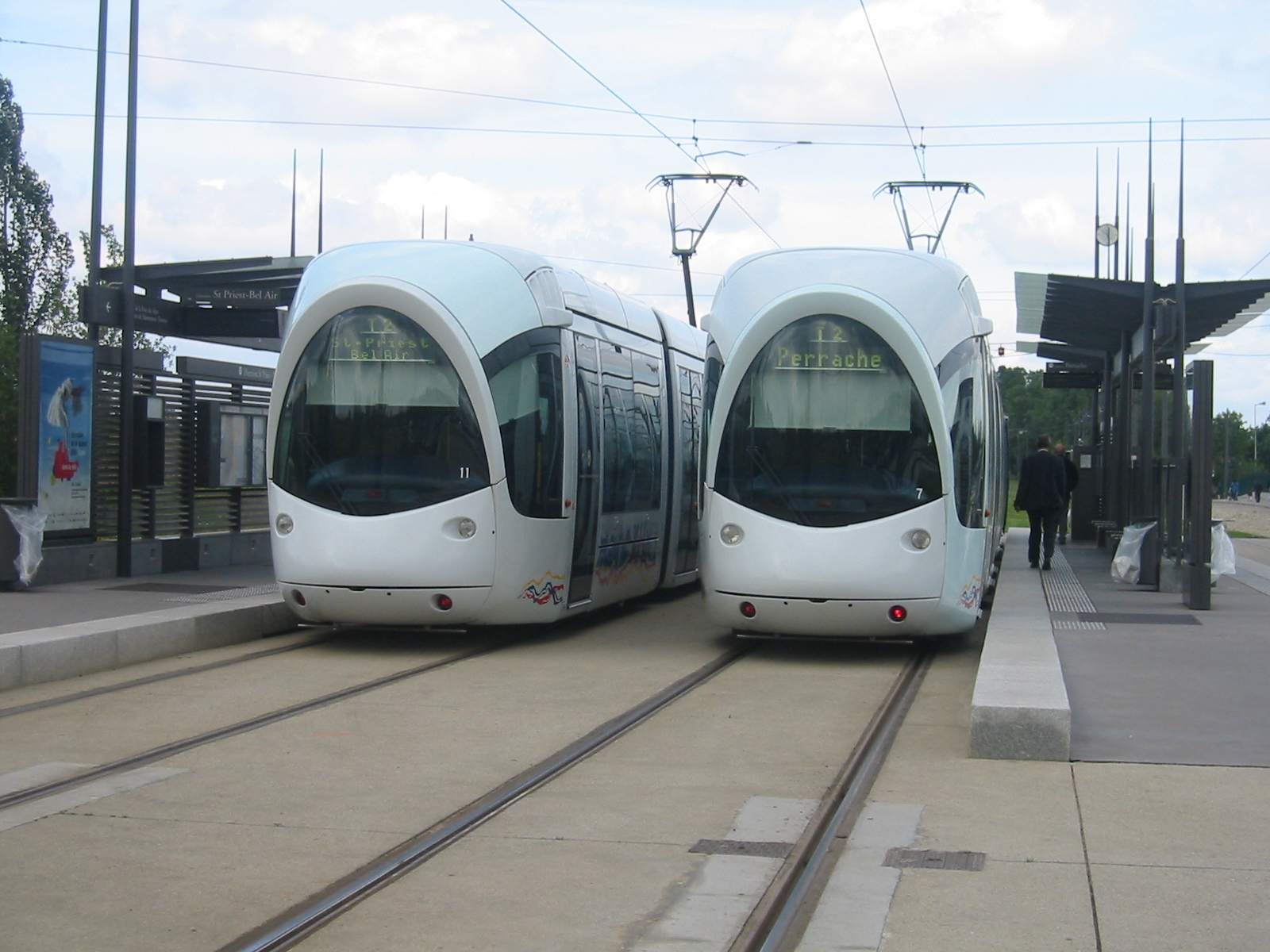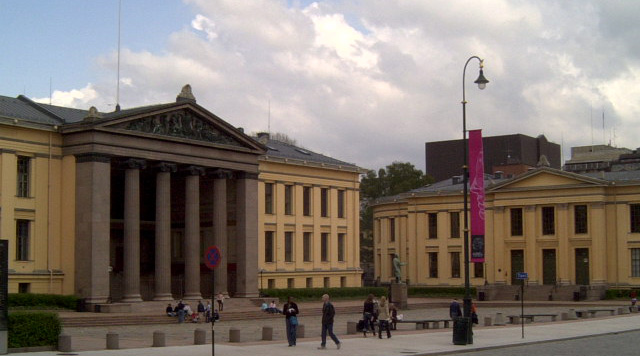|
John Colletts Plass (station)
John Colletts plass (''John Collett's Square'') is a light rail tram stop on the Oslo Tramway. Located in Ullevål Hageby in Nordre Aker borough, it was opened in 1925 as the terminus of the Ullevål Hageby Line. The name was given in 1938. In 1999 the line was extended to Rikshospitalet. The most prominent building at the square is the former Ullevål Cinema. It was closed as a cinema in 1964, but is now used for lectures at the University of Oslo The University of Oslo ( no, Universitetet i Oslo; la, Universitas Osloensis) is a public research university located in Oslo, Norway. It is the highest ranked and oldest university in Norway. It is consistently ranked among the top univers .... The university campus is located a few hundred metres west of John Colletts plass. References Oslo Tramway stations in Oslo Railway stations opened in 1925 {{Norway-tram-stub ... [...More Info...] [...Related Items...] OR: [Wikipedia] [Google] [Baidu] |
Ullevål Hageby
Ullevål Hageby is a residential area and garden city in borough Nordre Aker of Oslo, Norway. All housing in the area is part of the housing cooperative ''Oslo Havebyselskap''. The area borders on Ullevål University Hospital to the east, Blindern in the west, and Berg to the north. History The area was built between 1918 and 1926, and consists of 116 buildings with 653 apartments, making it the largest garden city in the country. It was intended for the working class, as an attempt to create healthy housing with more space, and with a small plot of garden for each house. However, when the apartments were sold, people with a middle-class background ended up as buyers, and today the area has among the highest prices in the city. The neighborhood is the setting of the 2014 Norwegian TV drama ''Kampen for tilværelsen.'' Struggle for Life: Norwegian Dramedy is Must-See Euro TV http://theeurotvplace.com/2016/12/struggle-for-life-norwegian-dramedy-is-must-see-euro-tv/ The land orig ... [...More Info...] [...Related Items...] OR: [Wikipedia] [Google] [Baidu] |
Nordre Aker
Nordre Aker (Northern Aker) is a borough of the city of Oslo, Norway. History This area became part of the city of Oslo in 1948. Before that it was a part of Aker municipality in the former Akershus county. Demographics and housing With a population of 52,327 (1 January 2020) Nordre Aker ranks fifth among the boroughs. Detached housing dominates the western part of the borough. There are also high-rise student blocks at several locations, including Vestgrensa, Sogn, Fjellbirkeland and Kringsjå. Geography The borough is north of the city centre, and represents the last major settlement before the northern forested area starts. It is bordered by Marka in the north and east, Vestre Aker in the west, Frogner in the southwest, St. Hanshaugen, Sagene and a small part of Grünerløkka in the south and Bjerke in the east. The borough consists of several neighborhoods, from west to east: Gaustad, Øvre Blindern, Ullevål Hageby, Sogn, Kringsjå, Nordberg, Korsvoll, Tåsen, ... [...More Info...] [...Related Items...] OR: [Wikipedia] [Google] [Baidu] |
Oslo
Oslo ( , , or ; sma, Oslove) is the capital and most populous city of Norway. It constitutes both a county and a municipality. The municipality of Oslo had a population of in 2022, while the city's greater urban area had a population of in 2019, and the metropolitan area had an estimated population of in 2021. During the Viking Age the area was part of Viken. Oslo was founded as a city at the end of the Viking Age in 1040 under the name Ánslo, and established as a ''kaupstad'' or trading place in 1048 by Harald Hardrada. The city was elevated to a bishopric in 1070 and a capital under Haakon V of Norway around 1300. Personal unions with Denmark from 1397 to 1523 and again from 1536 to 1814 reduced its influence. After being destroyed by a fire in 1624, during the reign of King Christian IV, a new city was built closer to Akershus Fortress and named Christiania in honour of the king. It became a municipality (''formannskapsdistrikt'') on 1 January 1838. The city ... [...More Info...] [...Related Items...] OR: [Wikipedia] [Google] [Baidu] |
Norway
Norway, officially the Kingdom of Norway, is a Nordic country in Northern Europe, the mainland territory of which comprises the western and northernmost portion of the Scandinavian Peninsula. The remote Arctic island of Jan Mayen and the archipelago of Svalbard also form part of Norway. Bouvet Island, located in the Subantarctic, is a dependency of Norway; it also lays claims to the Antarctic territories of Peter I Island and Queen Maud Land. The capital and largest city in Norway is Oslo. Norway has a total area of and had a population of 5,425,270 in January 2022. The country shares a long eastern border with Sweden at a length of . It is bordered by Finland and Russia to the northeast and the Skagerrak strait to the south, on the other side of which are Denmark and the United Kingdom. Norway has an extensive coastline, facing the North Atlantic Ocean and the Barents Sea. The maritime influence dominates Norway's climate, with mild lowland temperatures on the ... [...More Info...] [...Related Items...] OR: [Wikipedia] [Google] [Baidu] |
Ullevål Hageby Line
The Ullevål Hageby Line ( no, Ullevål Hageby-linjen) is a light rail section of the Oslo Tramway. It runs from Stortorvet in the city center of Oslo, Norway to Rikshospitalet. It passes through the areas of St. Hanshaugen, Ullevål Hageby and Blindern before reaching Gaustad. It serves major institutions such as Oslo University College, Bislett Stadion, Ullevål University Hospital, the University of Oslo and Rikshospitalet. The line is served by route 17 and 18 by Oslo Sporvognsdrift using SL95 trams, while the tracks are owned by Kollektivtransportproduksjon. The first section, from Stortorvet from Homansbyen, opened in 1875 as a horsecar line. It was electrified in 1900, and extended to Adamstuen in 1909. In 1925, the line reached Ullevål Hageby. The final extension to Rikshospitalet was opened in 1999, following the move of the hospital. The last section is formally called the Gaustad Line (''Gaustadlinjen''). North of Adamstuen, the line runs in its own right-of-way, m ... [...More Info...] [...Related Items...] OR: [Wikipedia] [Google] [Baidu] |
Tram Stop
A tram stop, tram station, streetcar stop, or light rail station is a place designated for a tram, streetcar, or light rail vehicle to stop so passengers can board or alight it. Generally, tram stops share most characteristics of bus stops, but because trams operate on rails, they often include railway platforms, especially if stepless entries are provided for accessibility. However, trams may also be used with bus stop type flags and with mid-street pavements as platforms, in street running mode. Examples Most tram or streetcar stops in Melbourne and Toronto and other systems with extensive sections of street-running have no associated platforms, with stops in the middle of the roadway pavement. In most jurisdictions, traffic cannot legally pass a tram or streetcar whose doors are open, unless the tram is behind a safety zone or has a designated platform. On the other hand, several light rail systems have high-platform stops or stations with dedicated platforms at railway ... [...More Info...] [...Related Items...] OR: [Wikipedia] [Google] [Baidu] |
Oslo Tramway
The Oslo tram network ( no, Trikken i Oslo, short from ', 'electric') is the tram system in Oslo, Norway. It consists of six lines with 99 stops and has a daily ridership of 132,000. It is operated by , a subsidiary of the municipally-owned who maintain the track and 72 tram vehicles on contracts with the public transport authority . The system operates on standard gauge and uses 750 V DC overhead. Depot, workshops and headquarters are at (at the terminus of lines 13 and 17). There is also a depot at (along lines 18 and 19) that is home to the technical company InfraPartner, which maintains the track for the tram and metro systems in Oslo, and a small office building for . History The first tram in Oslo was opened in 1875 with a short line between Homansbyen west of the city centre, Oslo West Railway Station and a sideline to Grønland, east of the city centre. The first "trams" were in fact horse-drawn vehicles on flanged steel wheels. The first expansion of the line came ... [...More Info...] [...Related Items...] OR: [Wikipedia] [Google] [Baidu] |
Rikshospitalet (station)
Rikshospitalet is a light rail tram stop at the end of the Ullevål Hageby Line of the Oslo Tramway. It is located at Rikshospitalet, the Norwegian National Hospital, at Gaustad in Oslo, Norway. The station opened on 1 June, 1999 as part of the line extension when the hospital opened. The expansion was financed by Oslo Package 2. The station is served by lines 17 and 18, using SL95 low-floor tram A low-floor tram is a tram that has no stairsteps between one or more entrances and part or all of the passenger cabin. The low-floor design improves the accessibility of the tram for the public, and also may provide larger windows and more airsp ...s. This allow step-free access from and to all stations until the city center. Trams operate each five minutes. The next station is Gaustadalléen. In the past line 10. Rikshospitalet-Jar, used to operate here. References Oslo Tramway stations in Oslo Railway stations opened in 1999 1999 establishments in Norway {{Norwa ... [...More Info...] [...Related Items...] OR: [Wikipedia] [Google] [Baidu] |
University Of Oslo
The University of Oslo ( no, Universitetet i Oslo; la, Universitas Osloensis) is a public research university located in Oslo, Norway. It is the highest ranked and oldest university in Norway. It is consistently ranked among the top universities in the world and as one of the leading universities of Northern Europe; the Academic Ranking of World Universities ranked it the 58th best university in the world and the third best in the Nordic countries. In 2016, the Times Higher Education World University Rankings listed the university at 63rd, making it the highest ranked Norwegian university. Originally named the Royal Frederick University, the university was established in 1811 as the de facto Norwegian continuation of Denmark-Norway's common university, the University of Copenhagen, with which it shares many traditions. It was named for King Frederick VI of Denmark and Norway, and received its current name in 1939. The university was commonly nicknamed "The Royal Freder ... [...More Info...] [...Related Items...] OR: [Wikipedia] [Google] [Baidu] |
Ullevål Cinema
Ullevaal Stadion () is an all-seater football stadium located in Oslo, Norway. It is the home ground of the Norway national football team, and the site of the Norwegian Cup Final. From its opening in 1926 to 2009 it was the home ground of FK Lyn and from 1999 to 2017 was a home ground of Vålerenga IF. With a capacity of approximately 28,000, it is the largest football stadium in Norway. The national stadium is fully owned by the Football Association of Norway (NFF). The stadium opened on 26 September 1926 as the home ground for Lyn and several other local teams. The first international match was played in 1927, and NFF started gradually purchasing part of the stadium company. The peak attendance dates from 1935, when 35,495 people saw Norway play Sweden. Since 1948, Ullevaal has hosted the finals of the Norwegian Football Cup, and in 1967 the Japp Stand was completed. A new renovation started with the completion of the single-tier West Stand in 1985, and continued with ... [...More Info...] [...Related Items...] OR: [Wikipedia] [Google] [Baidu] |
Oslo Tramway Stations In Oslo
Oslo ( , , or ; sma, Oslove) is the capital and most populous city of Norway. It constitutes both a county and a municipality. The municipality of Oslo had a population of in 2022, while the city's greater urban area had a population of in 2019, and the metropolitan area had an estimated population of in 2021. During the Viking Age the area was part of Viken. Oslo was founded as a city at the end of the Viking Age in 1040 under the name Ánslo, and established as a ''kaupstad'' or trading place in 1048 by Harald Hardrada. The city was elevated to a bishopric in 1070 and a capital under Haakon V of Norway around 1300. Personal unions with Denmark from 1397 to 1523 and again from 1536 to 1814 reduced its influence. After being destroyed by a fire in 1624, during the reign of King Christian IV, a new city was built closer to Akershus Fortress and named Christiania in honour of the king. It became a municipality (''formannskapsdistrikt'') on 1 January 1838. The city funct ... [...More Info...] [...Related Items...] OR: [Wikipedia] [Google] [Baidu] |







